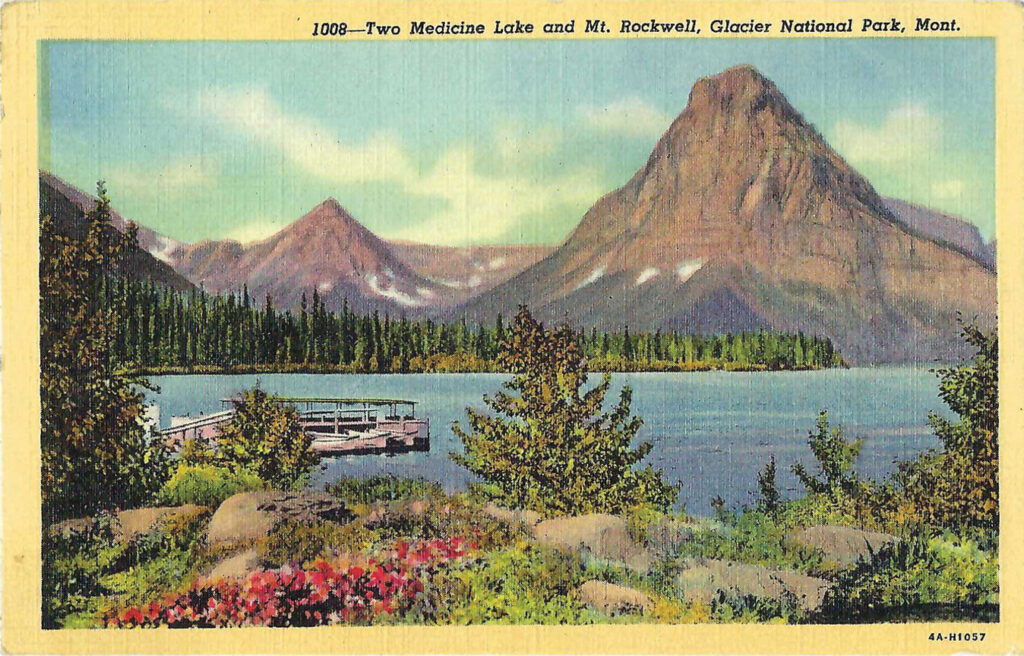
Michael Bushnell
Publisher
This week we visit one of the most remote national parks on our 13-week historic postcard tour of America’s National Parks, Glacier National Park located in Northwest Montana on the US-Canadian border.
Glacier National Park was established by an act of Congress on May 11, 1910 and encompasses over one million acres, including two mountain ranges that are part of the Rocky Mountains and over 100 natural lakes. It is part of a 16,000-square-mile protected natural area known as the Crown of the Continent Ecosystem.
The area was originally inhabited by the Blackfeet Indians in the eastern environs of the park and the Flathead Indians roughly along the park’s western border. In the late 1800’s however, the federal government forced the tribes to cede their lands in order to create the park.
According to the National Park Service website for the park, the roughly 1.5-million-acre Blackfeet reservation lies along the park’s eastern border and is home to about 8,600 members of the tribe. The Flathead Indian Reservation lies south of the park along the Flathead River and is home to some 7,000 members of the Bitterroot, Salish and Kootenai Tribes of the Flathead Nation.
Soon after the establishment of the park, the Great Northern Railway constructed a number of hotels in and near the park in order to promote passage on its passenger trains to the park. Most of the structures are now listed on the National Register of Historic Places.
During the Great Depression (1929-1940) President Franklin Roosevelt established the Civilian Conservation Corps in order to put men back to work and build infrastructure related projects, mostly in National Parks and Forests. Glacier was home to eight such camps who cleaned up from the 1929 and 1936 forest fires that laid waste to over 12,000 acres of land and the laying of the first, trans-mountain telephone cable over Logan Pass following the route of the Going to the Sun Road, the only road in the park that traverses the Continental Divide.
Glacier National Park garners roughly three million visitors per year during a regular year. During the COVID-19 pandemic, however, that number was cut by roughly 50% to about 1.6 million visitors.
In 1901, noted Outdoorsman John Muir said this about what would become Glacier National Park: “Get off the tracks at Belton Station (now West Glacier), and in a few minutes you will find yourself in the midst of what you are sure to say is the best care-killing scenery on the continent.”
This linen era postcard published by Curt Teich, CT Art Tone, Chicago, Ill., shows Two Medicine Lake and Mt. Rockwell, Glacier National Park, Mont. Mailed to Mrs. Thelma Byrne, Commerce Trust, 10th & Walnut, Kansas City, Mo., on August 21, 1945, the personal message on the back of the card reads: “We are staying all night here in Browning, Montana. About fifteen miles from Glacier National Park. This town is comprised of 75% Blackfeet Indians.”


















